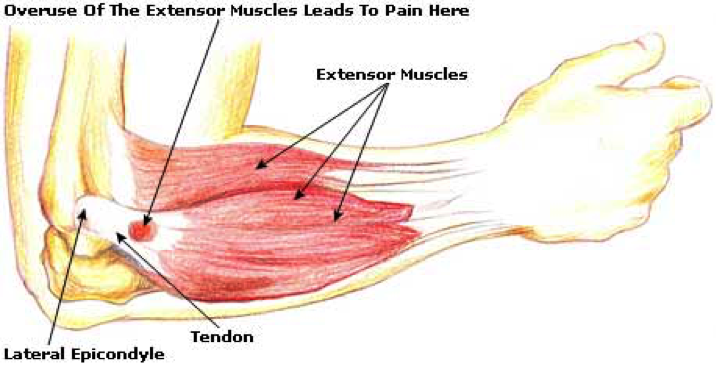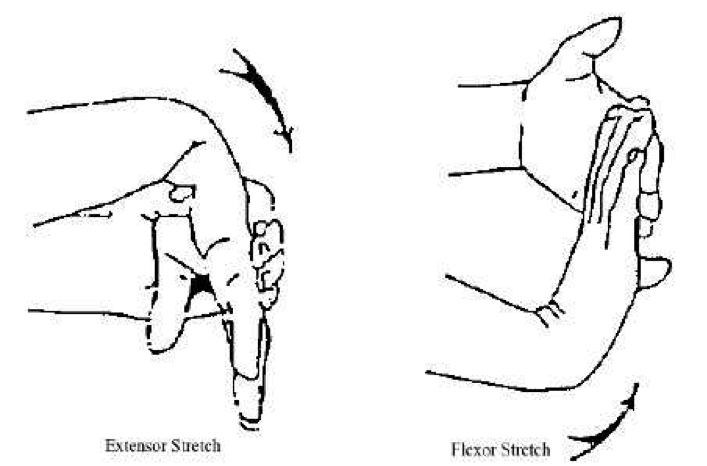What causes tennis elbow and how you can alleviate some of your symptoms
Tennis Elbow? But I don’t play tennis….
Have you reached out to lift the coffee pot, or gripped your briefcase at your side and had pain in the outer part of your elbow? How many times have you done these activities before today without pain?
Tennis elbow, or lateral epicondylitis, is the overuse of the muscles and tendons that extend the wrist. These muscles attach at the bony area on the outside of the elbow (the lateral epicondyle) causing elbow pain.

5 Signs You Might Have Tennis Elbow:
- Pain in the outer part of the elbow
- Pain increased with gripping or wrist extension against resistance
- Stiffness and pain with elbow motion, especially extension
- Pain radiating into the forearm
- Weakness of the wrist and hand
But I don’t play tennis, how did I get “tennis elbow?” There are many everyday activities that can contribute to lateral elbow pain.
- Lifting items repetitively including a gallon of milk or coffee pot
- Carrying heavy grocery bags or other items
- Typing for increased periods of time
- Using a screwdriver
- Gardening
- Raking leaves
- Shoveling snow
These are just a few activities requiring repetitive motions causing stress to the tissue that may result, overtime, in tiny tears in the tendons that attach the forearm muscles to the bony prominence at the outside of your elbow. Symptoms typically occur gradually following repetitive use of the wrist muscles, but onset can also be sudden.
If you are having symptoms, what can you do?
- Rest: Limit forceful gripping and lifting with your injured arm
- Ice: Apply ice to the affected area (the outer portion of the elbow)
- Stretch: Stretches should be performed with elbow as straight as possible and only to a point of mild tension. Hold 30 seconds each, 3x/day

- Wrist support brace: A wrist support brace allows the overused muscles to rest and may be used during the daytime as needed, as well as during nighttime.
It is not uncommon for pain to continue to a few months or even up to a year. If pain is not managed by performing the above suggestions, it is important to follow up with a physician. Other treatments including Occupational or Physical Therapy may be beneficial to decrease your symptoms and improve the functional use of your arm.


